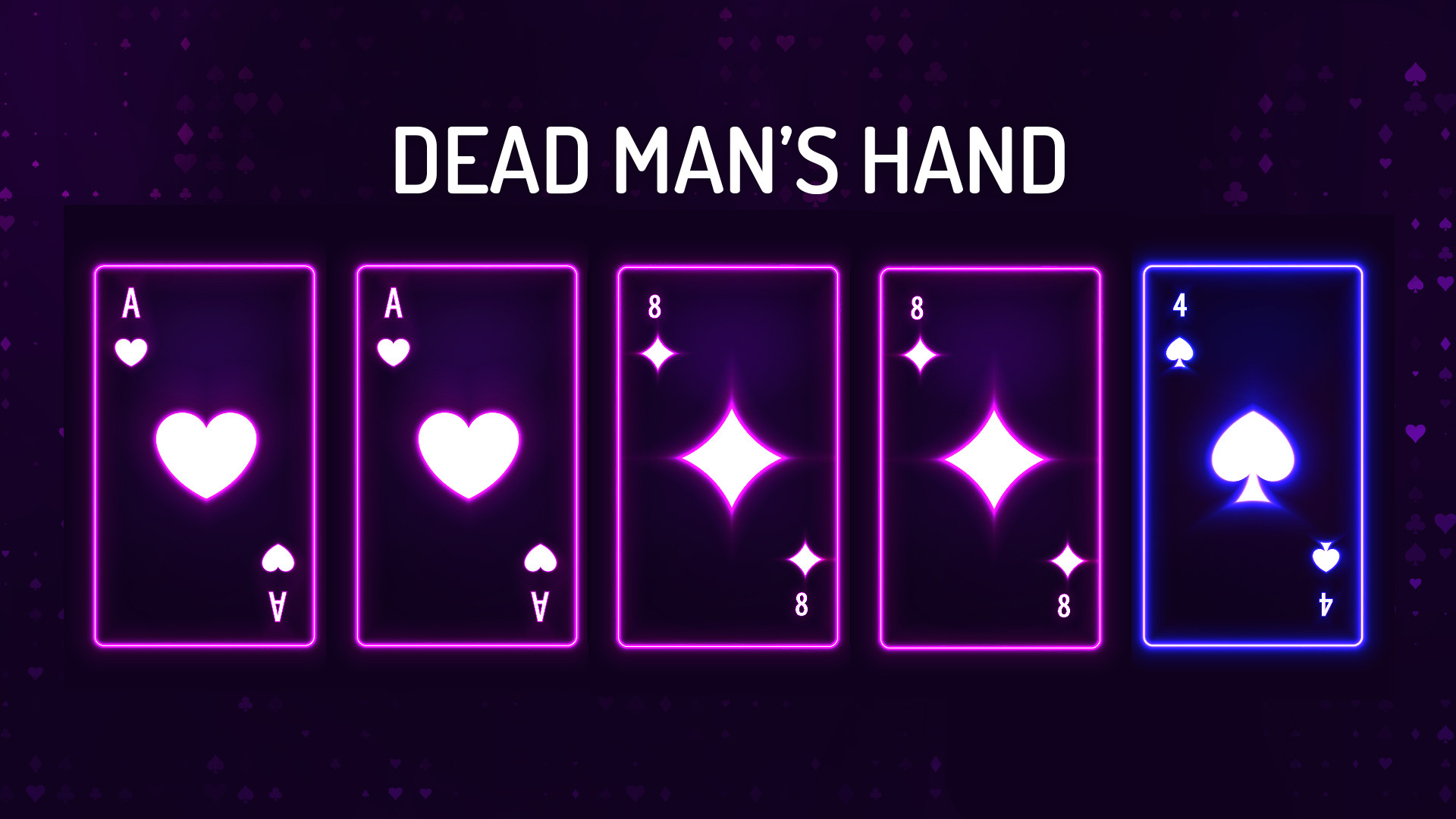
What is a Dead Man's Hand in Poker?
Poker is a game with a storied history and intricate rules and because of this, it’s one that has developed its own language for all of the different experiences you might encounter. In particular, one that would pique the interest of any somewhat impartial observer is the “dead man’s hand”.
It’s a term that conjures up images of a time when card games were a life-and-death deal in the saloons of the Wild West. So what does it actually mean? Where did it come from? And what is the history of such an iconic yet mysterious term?
History of the Dead Man’s Hand in Poker
We’ve already alluded to the fact that this is a part of poker that has a long history, and while it might not be a surprise to learn that it’s a term with time under its belt, you might be more intrigued by the origin of a term that has become such a part of the game’s lexicon. It’s a story that might be as much fiction as it is fact but, nevertheless, it’s one that is worthy of its place in poker pop culture.
As many great stories do, it all begins with an American Old West folk hero. Will Bill Hickok from Illinois was as archetypal a character of this time as you could imagine. A gunslinger, a lawman, and a cattle rustler, he appeared to have the whole list of old-timey career choices locked down. However, there is one other descriptor that is more pertinent to the story. That is, he was also a Poker player
In a game of poker in the iconic Deadwood of what is now South Dakota, Hickok had clearly ruffled the feathers of at least one of his fellow players. After sitting for hours at a table in the busy saloon, the legendary frontiersman had racked up a fair few wins. Enter Jack McCall, who had reportedly lost a fair few rounds at the table. He proceeded to settle his discontent by targeting our protagonist. And, as Hickok lay there, he was clutching one specific hand of cards.
What Cards are in a Dead Man’s Hand?
In poker, there are a number of hands that a player can achieve. Obviously, the most famous of these are the royal flush, the full house, and the straight. However, one that isn’t mentioned as often, is the one that is the focus of this guide. A hand of five cards with two pairs of aces and eights is the dead man’s hand. In particular, it refers to the black aces and eights (that is, the spades and clubs).
It’s worth taking the time to note that this isn’t the only combination of cards that has been known as the dead man’s hand. That’s because the story of Wild Bill wasn’t actually popularised until the 1920s in a book detailing his life. One other hand that has been known as a dead man’s one in the past is a jacks and eights. That was because of the perceived unlikeliness of winning the pot with it.

How to Play a Dead Man’s Hand
The dead man’s hand is largely believed to be an unlucky one. Obviously, much of that negativity is derived from the fact that it has been associated with a darker origin story. However, it is also due to its vulnerabilities when in play. It’s a complex hand that has both its positive aspects, as well as downfalls that could leave a player open to losing a pot should they not approach the game in the right manner.
Is a Dead Man’s Hand a Good Hand?
As you probably could tell from our advice on how to approach playing such a hand, it’s certainly not one to hope for. In fact, it would be one of the lowest-ranked hands as a two-pair. That means that it would be beaten out by three of a kind all the way up to the royal flush.
The hand’s name and origin story are the reasons for the formation of cards growing in popularity, as opposed to their practicality in a game of Poker.
FAQs
Is a dead man’s hand a winning hand?
While you can win with this hand, it is the third-lowest hand in the rankings.
Who is the dead man’s hand named after?
It is believed to be named after Bill Hickok, a frontiersman from the Old West who died while holding those cards.

